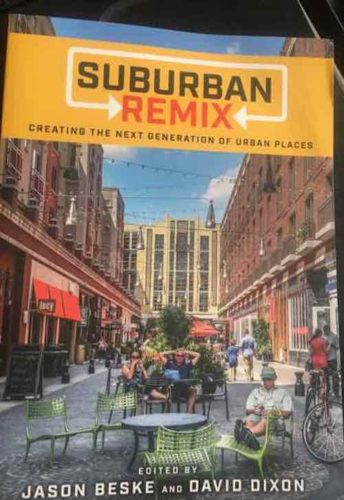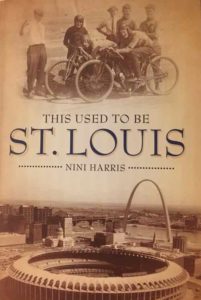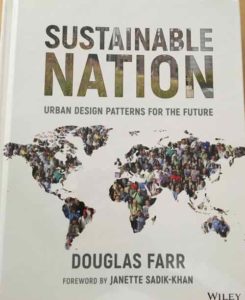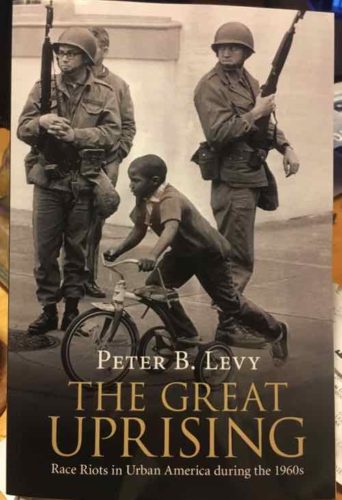 The book I want to share with you today is about one of my favorite subjects — what to do with millions of acres of suburban sprawl.
The book I want to share with you today is about one of my favorite subjects — what to do with millions of acres of suburban sprawl.
The suburban dream of a single-family house with a white picket fence no longer describes how most North Americans want to live. The dynamics that powered sprawl have all but disappeared. Instead, new forces are transforming real estate markets, reinforced by new ideas of what constitutes healthy and environmentally responsible living. Investment has flooded back to cities because dense, walkable, mixed-use urban environments offer choices that support diverse dreams. Auto-oriented, single-use suburbs have a hard time competing.
Suburban Remix brings together experts in planning, urban design, real estate development, and urban policy to demonstrate how suburbs can use growing demand for urban living to renew their appeal as places to live, work, play, and invest. The case studies and analyses show how compact new urban places are already being created in suburbs to produce health, economic, and environmental benefits, and contribute to solving a growing equity crisis.
Above all, Suburban Remix shows that suburbs can evolve and thrive by investing in the methods and approaches used successfully in cities. Whether next-generation suburbs grow from historic village centers (Dublin, Ohio) or emerge de novo in communities with no historic center (Tysons, Virginia), the stage is set for a new chapter of development—suburbs whose proudest feature is not a new mall but a more human-scale feel and form. (Island Press)
As they point out, the suburbs aren’t going away — 2/3 of America lives there. But they will change.
As always, I like to show the contents:
Introduction by David Dixon
Part I: Setting the Stage
Chapter 1 – Urbanizing the Suburbs: The Major Development Trend of the Next Generation by Christopher Leinberger
Chapter 2 – From the Rise of Suburbs to the Great Reset by David Dixon
Part II: Suburban Markets
Chapter 3 – Housing by Laurie Volk, Todd Zimmerman, and Christopher Volk-Zimmerman
Chapter 4 – Office by Sarah Woodworth
Chapter 5 – Retail by Michael J. Berne
Part III Case Studies for Walkable Urban Places
Chapter 6 – Blueprint for a Better Region: Washington, DC by Stewart Schwartz
Chapter 7 – Tysons, Virginia by Linda Hollis and Sterling Wheeler
Chapter 8 – From Dayton Mall to Miami Crossing, Ohio by Chris Snyder
Chapter 9 – Shanghai’s Journey in Urbanizing Suburbia by Tianyao Sun
Chapter 10 – North York Center: An Example of Canada’s Urbanizing Suburbs by Harold Madi and Simon O’Byrne
Chapter 11 – Dublin, Ohio: Bridge Street Corridor by Terry Foegler
Chapter 12 – The Arlington Experiment in Urbanizing Suburbia by Christopher Zimmerman
Chapter 13 – From Village to City: Bellevue,Washington by Mark Hinshaw
Part IV: Bringing it All Together
Chapter 14 – Planning by David Dixon
Chapter 15 – Placemaking by Jason Beske
Conclusion by Jason Beske and David Dixon
Though this book contains many color photographs, it isn’t a coffee table book. There are plenty of graphs, charts, tables to illustrate the market analysis. The prospect of reshaping the suburbs was one of the most exciting things about studying to become an urban planner — until my stroke ended that prospect.
This book is available in hardcover, softcover, and digital.You can check out a preview here.
— Steve Patterson
 I’ve known historian/author NiNi Harris for many years, so I’m always pleased when I see she had a new book out.
I’ve known historian/author NiNi Harris for many years, so I’m always pleased when I see she had a new book out.
 The book I want to share with you today is about one of my favorite subjects — what to do with millions of acres of suburban sprawl.
The book I want to share with you today is about one of my favorite subjects — what to do with millions of acres of suburban sprawl.
